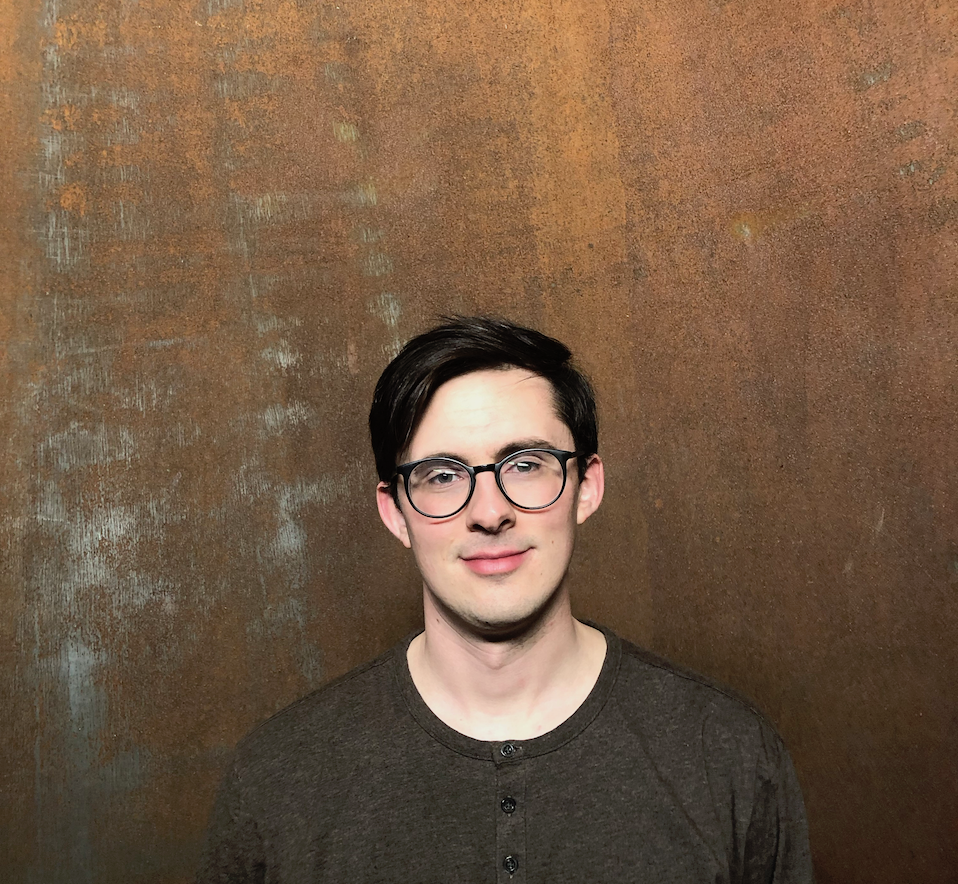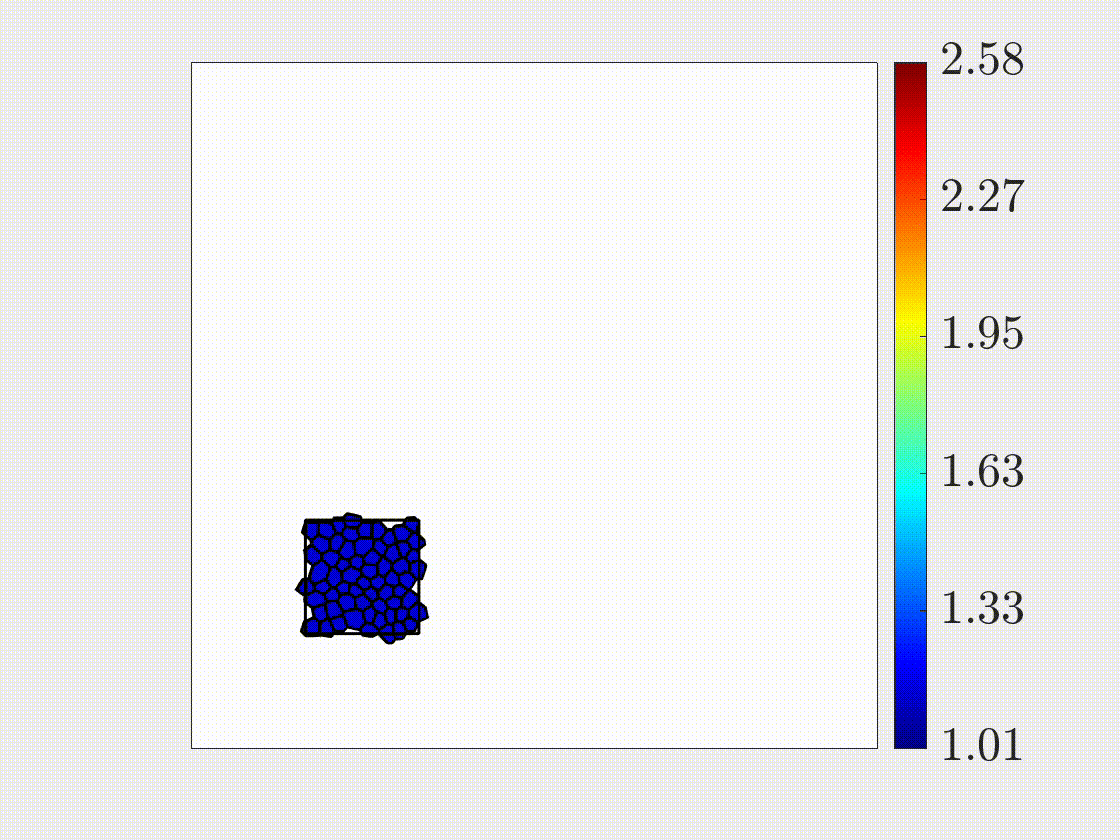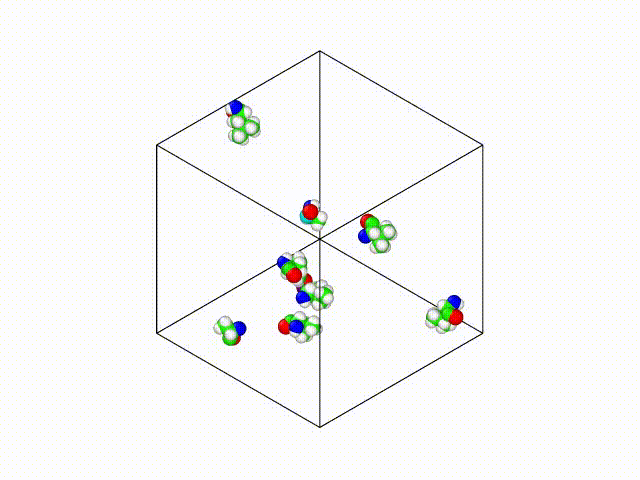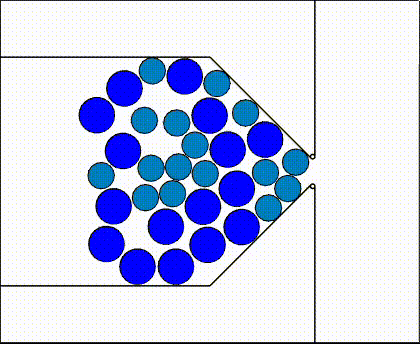Publications
2022
J. D. Treado, A. B. Roddy, G. Théroux-Rancourt, C. Ambrose, C. Brodersen, M. D. Shattuck, and C. S. O'Hern, "Localized growth drives spongy mesophyll morphogenesis.'' J. R. Soc. Interface 19, 20220602 (2022)
Y. Cheng, J. D. Treado, B. Lonial, P. Habdas, E. R. Weeks, M. D. Shattuck, and C. S. O'Hern, "Hopper flows of deformable particles.'' Soft Matter 17, 8071 (2022)
2021
D. Wang, J. D. Treado, A. Boromand, B. Norwick, M. P. Murrell, M. D. Shattuck, and C. S. O’Hern, "The structural, vibrational, and mechanical properties of jammed packings of deformable particles in three dimensions." Soft Matter 17, 9901-9915 (2021)
J. D. Treado*, D. Wang*, A. Boromand, M. P. Murrell, M. D. Shattuck, and C. S. O’Hern, "Bridging particle deformability and collective response in soft solids." Phys. Rev. Materials 5, 055605 (2021)
2020
A. T. Grigas, Z. Mei, J. D. Treado, Z. A. Levine, L. Regan, and C. S. O'Hern, "Using physical features of protein core packing to distinguish real proteins from decoys." Protein Science 29, 1931 (2020)
Z. Mei*, J. D. Treado*, A. T. Grigas, Z. A. Levine, L. Regan, and C. S. O'Hern, "Analyses of protein cores reveal fundamental differences between solution and crystal structures." Proteins: Structure, Function, and Bioinformatics 88 (9), 1154-1161 (2020)
2019
J. D. Treado, Z. Mei, L. Regan, and C. S. O'Hern, "Void distributions reveal structural link between jammed packings and protein cores." Phys. Rev. E 99, 022416 (2019)
2018
C. Oi, J. D. Treado, Z. A. Levine, C. S. Lim, K. M. Knecht, Y. Xiong, C. S. O'Hern, and L. Regan, "A threonine zipper that mediates protein-protein interactions: Structure and prediction." Protein Science 27, 1969 (2018)
Commentary
J. D. Treado, D. Wang, Y. Chen, M. D. Shattuck, and C. S. O’Hern, "Determining dynamics from statics in living tissue" Journal Club for Condensed Matter Physics, March 2021





